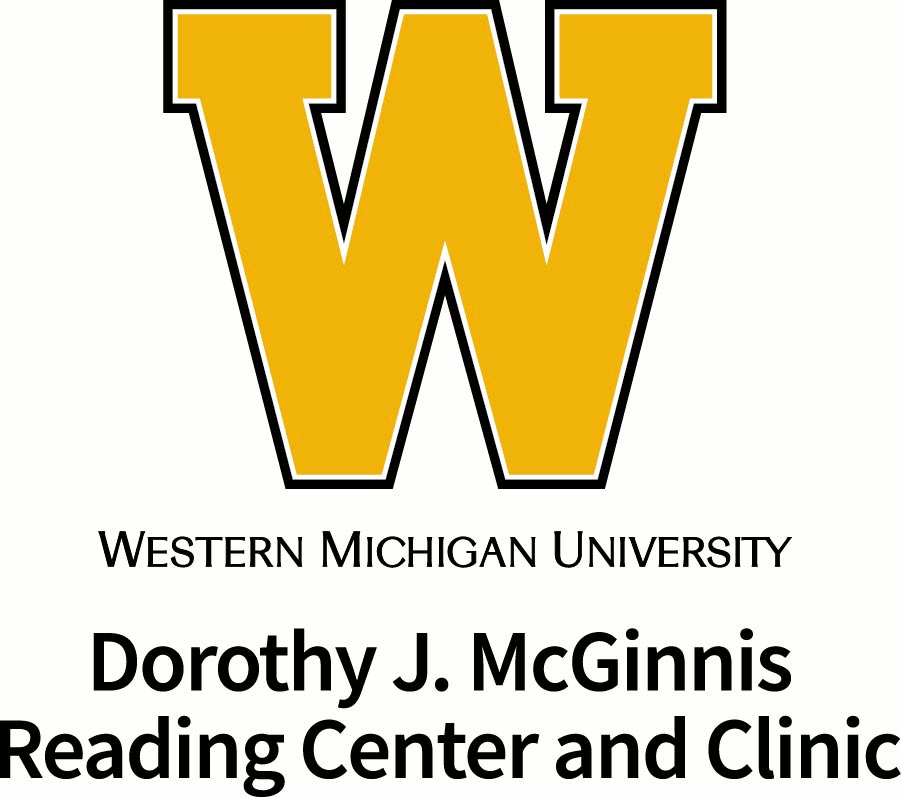Publication Date
6-1-1993
Abstract
An increasing number of educators have begun to use portfolios to chronicle the literacy development of students within their classrooms. Such alternative assessment may more closely reflect current research in the field of reading because it serves as a tool for both students and teachers to document and monitor learning over time (Bintz and Harste, 1991). Teachers, instead of developing test wiseness for standardized tests, use portfolios to gather data that mirrors the reading/writing curriculum and chronicles individual student development (Johns and VanLeirsburg, 1991b; Willis, 1992). Though unanimous agreement as to what data should comprise a portfolio does not exist, a consistent theme is apparent in the definitions of a literacy portfolio: a portfolio is an alternate approach to assessment using a collection of information about performance to describe growth in literacy learning (van Kraayenoord and Paris, 1992). As a collection of data reflecting literacy growth, portfolios must represent shared communication between teacher and student about individual goals and progress. Documentation of growth in reading and writing ability serve as evidence and information that is both useful and specific when conferencing with parents, reporting student progress, and assessing curriculum effectiveness.
Recommended Citation
Johns, J. L., & VanLeirsburg, P. (1993). What Teachers Have Been Telling Us About Literacy Portfolios. Reading Horizons: A Journal of Literacy and Language Arts, 33 (5). Retrieved from https://scholarworks.wmich.edu/reading_horizons/vol33/iss5/7

